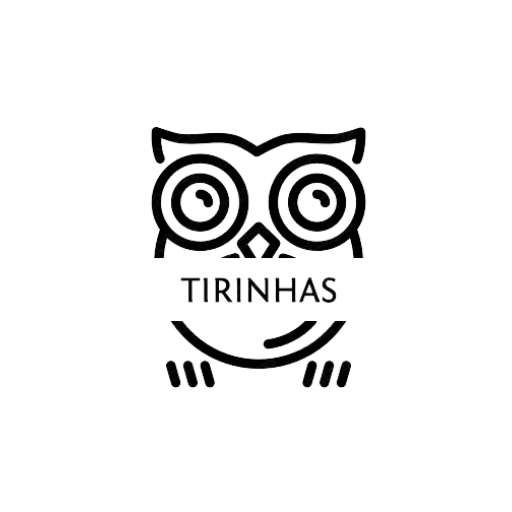Advertisements
[ad_1]
Since his arrival in Paris in 1948, following architectural studies which he did not complete and his courses at the Royal Institute of British Architects in Oxford, Pablo Palazuelo (Madrid, 1916-Galapagar, 2007) persevered in a formal investigation along the path of geometric abstraction.
In the early years of his career, his debt to analytical cubism gave way to a fascination with Paul Klee, mainly, and the constructivism of Naum Gabo and Antoine Pevsner. In Klee he found a lasting affinity by geometric configurations as mediation for an enigmatic reality. Geometry would come to glimpse an ineffable and transcendent order.
Advertisements
Palazuelo called his poetics and permanently transforming formal structure transgeometry. All of this is recognized in this timely exhibition Pablo Palazuelo. geometric methodcurated by Gonzalo Sotelo-Calvillo, curator of the Palazuelo Foundation.
Palazuelo called his poetics and formal structure in permanent transformation transgeometry
The collaboration between this Foundation and the Museum of the University of Navarra, whose funds contain important works by the artist from the collection of Maria Josefa Huarteallows you to bring together a constellation of 133 paintings, sculptures and drawings, as well as books and other documents in an exceptional sample.
If the major retrospectives organized by the Museo Reina Sofía, in 2005, and MACBA, in 2006, allowed us to rediscover the Palazuelo universe with new approaches, this one by MUN aims to the connections between his germinal drawings, sketches and certain works. Or between paintings and their expansion into the third dimension from the mid-seventies onwards.
[When the sculpture I wanted to end the canon]
Advertisements
It is known that any artist's method integrates rational and non-rational dimensions in such a way that it cannot be fully explained, but the didactic desire of this exhibition brings us closer to a more complex and detailed perception of this artist's work. with a reputation for being airtight.
The sample's path is structured around five axes that focus on families or formal connections. At first he realizes early abstract influences in which Klee's and, to a lesser extent, Kandinsky's stand out. His first linear, diagonal and dynamic compositions appear. Shortly after arriving in Paris, the Maeght Gallery became interested in his work and presented his first solo exhibition in 1955.

Exhibition view
The series forgotten things (1949-1952) showed an early interest in the golden section and the investigations of Matila Ghyka. From the University City he took up residence on rue Saint-Jacques, in the heart of the Latin Quarter of Paris. He met Claude d'Ygé, a scholar of occult, mystical and alchemical treatises who helped him find old books in the neighborhood's bookstores.
The second axis addresses the turning point that occurred in 1953. He discovers an oriental book, a “ciphered map” as he will call it, which allows him reorganize and think about the structures of his constructive poetics. This is when he began his implementations of transgeometry throughout the fifties.
[Oskar Kokoschka, a dissident at the Guggenheim Museum]
It is no coincidence that one of the paintings from that period is titled Metamorphosis II (1955). Nor do variations in these structures arise from overlaying sketches on translucent paper. Jules Bourgoin's essay on Arabic art will be relevant in the redefinition of geometric patterns in the seventies, or in his series on The number and the waters from the early nineties.
Another space shows variants of polygonal figures where it modifies the extreme orthogonality of previous geometric shapes to add curved curves instead of sharp vertices. Fascinating works like onfale II (1962), orange et noir (1963), and Central Noir (1963), codify that formal turn that also includes a spiral structure.

Pablo Palazuelo at the Museo de Escultura al fresco de la Castellana, in Madrid, 1978. Courtesy of the ICO Museum
The connections and expansions of its geometric compositions into the third dimension through the assembly of metal plates are shown in another room. The sculptures inspired by CG Jung's conception of the graphic number as an archetype present in psychic and physical energies are combined with his own geometric investigations. Palazuelo postulated folded spaceconfigured by metallic surfaces that unfold in the air.
Music and its mathematical structure is another source of inspiration. that follows its course. From 1975 onwards, he established analogies and genuine translations between his painting and his music. A reflection of this purpose is the series Of music (1978).
[The last years of the sculptor Juan Muñoz]
The last axis shows the different periods of the orbital compositions where the echoes of Josef Albers resonate or some constructivists like Rodchenko and Pevsner. strings like From Sommis (1996-2004), or circus (2001-2003), manifest these geometric drifts towards a new mystical transcendence.
In 1980 he wrote: “What we call art is neither more nor less than the need to transcend, without denying, those landscapesthese lands.” That's what this sample is all about, and it's worth visiting.

View of the exhibition at the ICO Museum
The architect of the ICO
Known for his abstract-geometric paintings, the ICO Museum's exhibition Pablo Palazuelo. The line like an architectural dream delves deeper into your evolution and connection with it. It begins with his studies at Oxford and includes previously unpublished drawings that reflect his creative process.
The closure of a hotel, the renovation of a house or access to the Soledad Lorenzo gallery are some of the twelve projects selected by curators Teresa Raventós Viñas and Gonzalo Sotelo-Calvillo. Until May 7th.
Follow the topics that interest you
